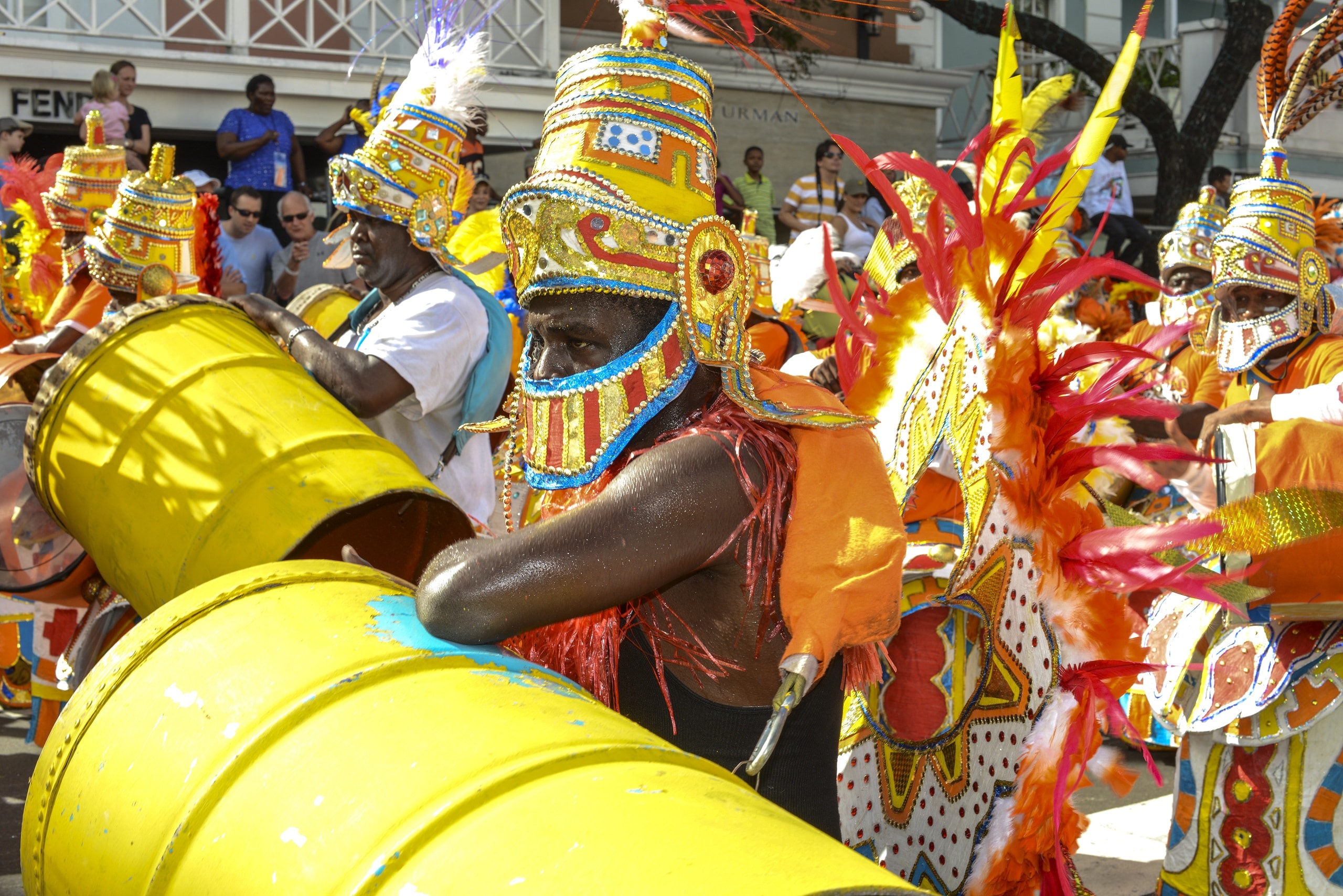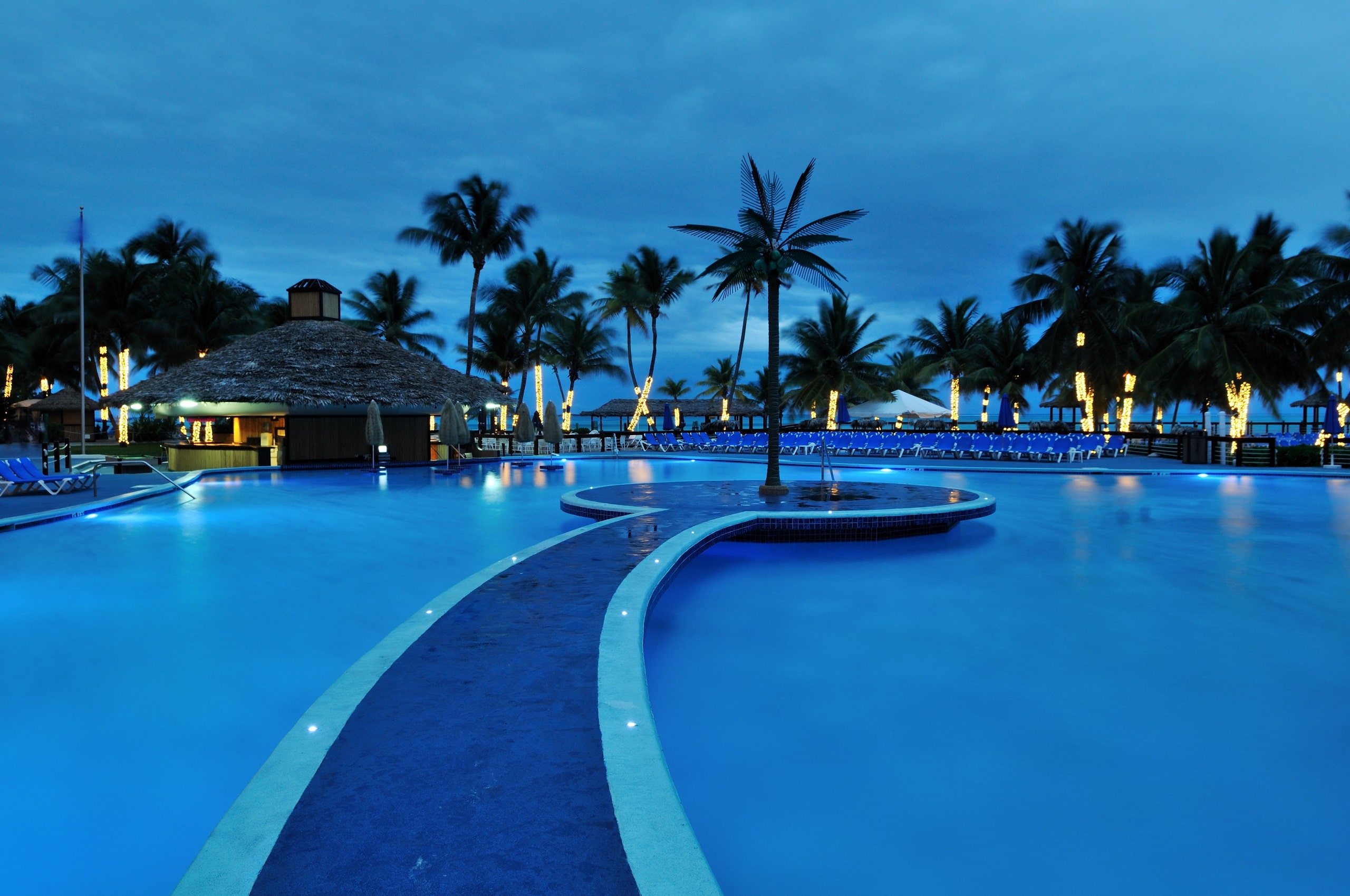Bahamas
Basic Information About Bahamas:
Population: The population of Bahamas is 394,763
GDP: $9.0 billion (2016)
The name Bahamas means “Big Upper Middle Land” a term used by the indigenous people. Christopher Columbus arrived in San Salvador on October 12, 1492, where he met with the Lucayan and exchanged goods. The Lucayan later died as a result of slavery and from diseases. Tourism is the primary economic driver in the Bahamas. Although agriculture is the third largest economic sector in the Bahamas, most of the food supply is imported.
Climate: Average high temperatures from December to May range from the high 70s to low 80s. The rainy season occurs between May and November, with the hurricane season starting in June.
People: Ninety-one of the population identified themselves as being Africans or Afro-Bahamian, 5% Europeans or Euro-Bahamian and 2% of mixed race (African and European).
Religion: Protestant 69.9% (includes Baptist 34.9%, Anglican 13.7%, Pentecostal 8.9% Seventh Day Adventist 4.4%, Methodist 3.6%, Church of God 1.9%, Brethren 1.6%), Roman Catholic 12%, other Christian 13% (includes Jehovah’s Witness 1.1%), other 0.6%, none 1.9%, unspecified 2.6% (2010 est.)
Capital: Nassau is the capital of the Bahamas.
Language: English is the official language.
Currency: The Bahamian Dollar is the currency of Bahamas.
Time Zone: UTC-05:00
Country Phone Code: 242
Electricity: 120 volts; 60 Hz
Plug Styles: Flat blade plug
Security Concerns: The Bahamas suffers from a high crime rate, which has become an important political issue in recent years. Tourist areas are increasingly sites of both violent and petty crime, and many in the business community have raised concerns that the situation could dampen the country’s foreign investment climate. The country has increasingly cooperated with the United States on anti-narcotics operations. A large volume of drug-trafficking activities takes place in the country’s largely unprotected coastal waters.




